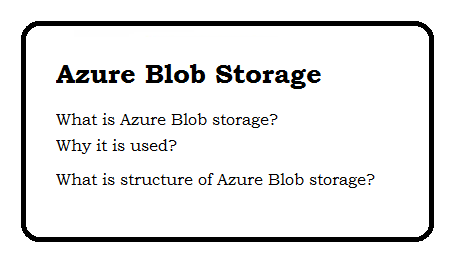Pre-requisite
- You have created a function with with name "convert-audio"
- You have downloaded and uploaded ffmpeg files (ffmpeg.exe) in "site -> wwwroot-> bin"
- You have created a folder with name wav_to_mp3 "site -> wwwroot-> wav_to_mp3"
Source Code
//Download the Required module
const http = require('https');
const fs = require('fs');
const childProcess = require('child_process');
//Define constants
const VIDEO_PATH = 'wav_to_mp3/';
const ffmpegLib='bin/ffmpeg';
module.exports = async function (context, req) {
////////////// params declaration
let bodyData=req.body;
let audioFile=bodyData.audio_file;
let videoFile=bodyData.video_file;
let extension=bodyData.extension;
if (audioFile && videoFile && extension) {
if(fs.existsSync(VIDEO_PATH+videoFile)){
await ffmpegConvertVideoToAudio(VIDEO_PATH+videoFile,VIDEO_PATH+audioFile,extension).then(data=>{
messageData(200,{success:1,'msg':'',result:{audio_file:data.filename}});
});
}else{
messageData(200,{success:0,msg:"video_file does not exist",'result':{}});
}
} else {
messageData(200,{success:0,msg:"Parameter missing (audio_file OR video_file OR extension)",'result':{}});
}
//for print the message
function messageData(statusCode,message){
context.res = {
status: statusCode,
body: message,
headers: {
'Content-Type': 'application/json'
}
};
context.done();
}
};
///////////////////////////// Other Functions ////////////////////////////////////
function ffmpegConvertVideoToAudio(sourcefile, destinationFile, extension) {
return new Promise(function(resolve, reject) {
let result={success:0,'msg':'',filename:destinationFile};
console.log('ffmpegConvertVideoToAudio called '+destinationFile);
var args = [
'-i', sourcefile,
'-f', extension, destinationFile
];
var proc = childProcess.spawnSync(ffmpegLib, args);
result.success=1
resolve(result);
});
}
///////////////////////////// Other Functions ////////////////////////////////////
URL: https://function-name.azurewebsites.net/api/convert-audio
Method: POST
Request: {"video_file":"0_20190821064650782.mp4","audio_file":"arun.mp3","extension":"mp3"} Response:
{
"success": 1,
"msg": "",
"result": {
"audio_file": "wav_to_mp3/arun.mp3"
}
}
URL: https://function-name.azurewebsites.net/api/convert-audio
Method: POST
Request: {"video_file":"0_20190821064650782.mp4","audio_file":"arun.flac","extension":"flac"} Response:
{
"success": 1,
"msg": "",
"result": {
"audio_file": "wav_to_mp3/arun.flac"
}
}








